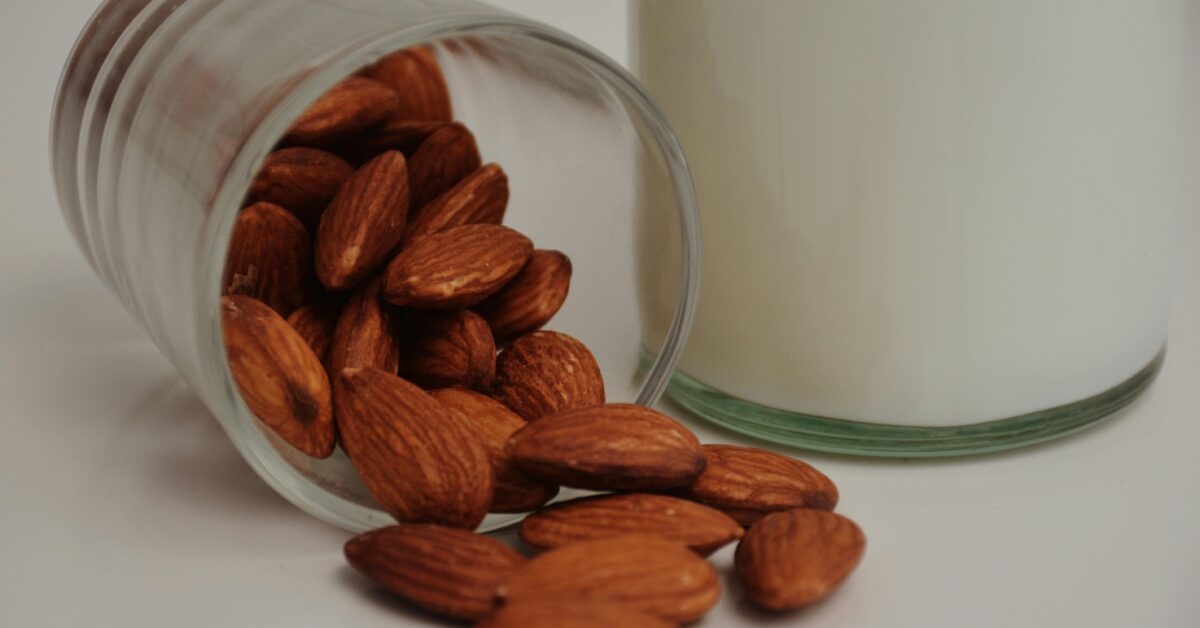Embracing a vegan diet, which lovingly excludes all animal products like meat, dairy, and eggs, has been a transformative and earth-friendly step for many of us. It’s a journey filled with discovery, particularly in understanding the nuances of calcium absorption on a vegan diet. This aspect is crucial, as it plays a significant role in maintaining our bone health. As we explore the depths of plant-based nutrition, we’re continuously enlightened by the array of options available to optimize calcium absorption. It’s both exciting and rewarding to find creative ways to include these calcium-rich foods in our daily meals, ensuring that our bodies remain as strong and resilient as our commitment to this compassionate and sustainable lifestyle.
There are many plant-based sources of calcium available for vegans, including:
1. Dark leafy greens (such as kale and spinach)
According to Livestrong, a cup of raw spinach contains about 29.7 milligrams of calcium, which is about 3% of the daily value. However, if you opt for a cup of cooked spinach, the calcium content increases to 244.8 milligrams, representing 24% of the daily value. The challenge with spinach lies in its calcium bioavailability. Only about 24% of the calcium in spinach is available for your body to absorb. This reduced absorption rate is primarily due to the presence of oxalate in spinach, which binds to calcium, making it less available. It’s important to note that while oxalate affects the calcium found in spinach, it doesn’t significantly impact the absorption of calcium from other foods consumed in the same meal.

What are oxalates?
Oxalates, also known as oxalic acid, are natural compounds found in many plant-based foods, and they are also produced in small amounts by the liver. Their role in plants is primarily defensive, protecting against various threats like harmful bacteria and insects. In the human diet, oxalates bind to minerals, particularly calcium, which can affect the absorption of these minerals and potentially lead to the formation of kidney stones.
How to reduce oxalates in spinach?
Consider cooking methods that reduce oxalate content in oxalate rich foods. For instance, foods like spinach, when cooked or soaked, can have a lower oxalate content than when raw. When doing this you will increase the calcium absorption from spinach.
2. Legumes (lentils and chickpeas)
Legumes like lentils and chickpeas are good sources of calcium, essential for bone health and various bodily functions. Lentils contain about 19 mg of calcium per 100g, while chickpeas have around 49 mg per 100g. However, the calcium absorption from these legumes is limited due to the presence of compounds like oxalic acid and phytic acid. To enhance calcium absorption, it’s beneficial to consume them with vitamin D-rich foods or supplements, as vitamin D is known to improve calcium absorption.

3. Nuts and seeds (almonds and sesame seeds)
Nuts like almonds and sesame seeds are excellent sources of calcium, which is crucial for bone health and various bodily functions. Almonds, in particular, are rich in calcium, with around 75 mg per 30g serving. They also offer additional nutrients like fiber, healthy fats, magnesium, manganese, and vitamin E. Sesame seeds are another great choice for calcium intake, providing about 280 mg of calcium in a 28g serving, mainly found in their hulls. However, it’s important to note that sesame seeds contain compounds such as oxalates and phytates, which can hinder calcium absorption. According to the International Osteoporosis Foundation, to improve the absorption, you might want to soak or toast sesame seeds before consumption.

So how to get the highest calcium absorption on a vegan diet?
Try complementing your diet with :
- Fortified plant-based milks, juices, and cereals
- Taking Vitamin D supplements
- Eating Potassium-rich foods or taking supplements and consuming less sodium. According to an article, published in the National Library of Medicine, “Sodium and potassium in the diet may also affect calcium nutriture. High intakes of sodium increase urinary calcium excretion. In contrast, adding more potassium to a high-sodium diet might help decrease calcium excretion”
- Exercising regularly: Regular physical activity helps to maintain bone density and strength. Weight-bearing exercises, like running, dancing, and lifting weights, are particularly beneficial for bone health.
Make a diet plan with a certified nutritionist
While it is possible to get all of the nutrients you need for strong bones on a vegan diet, it may require some planning and effort to ensure that you are getting adequate amounts of these nutrients. It may be helpful to work with a registered dietitian or nutritionist to create a balanced and varied vegan meal plan that meets your individual needs. You can find the directory of specialists on the Academy of Nutrition and Dietetics.
Conclusion
Following a vegan diet can be a healthy and nutritionally adequate way to meet your dietary needs, including those for bone health. However, as with any dietary pattern, it’s important to pay attention to certain nutrients that may be more challenging to obtain from a vegan diet and to plan meals carefully to ensure that you are meeting your nutrient needs.










1 thought on “How to Get Optimal Calcium Absorption on a Vegan Diet”
Pingback: Top Ways to Get Enough Protein As a Vegan - Abroad Vegan